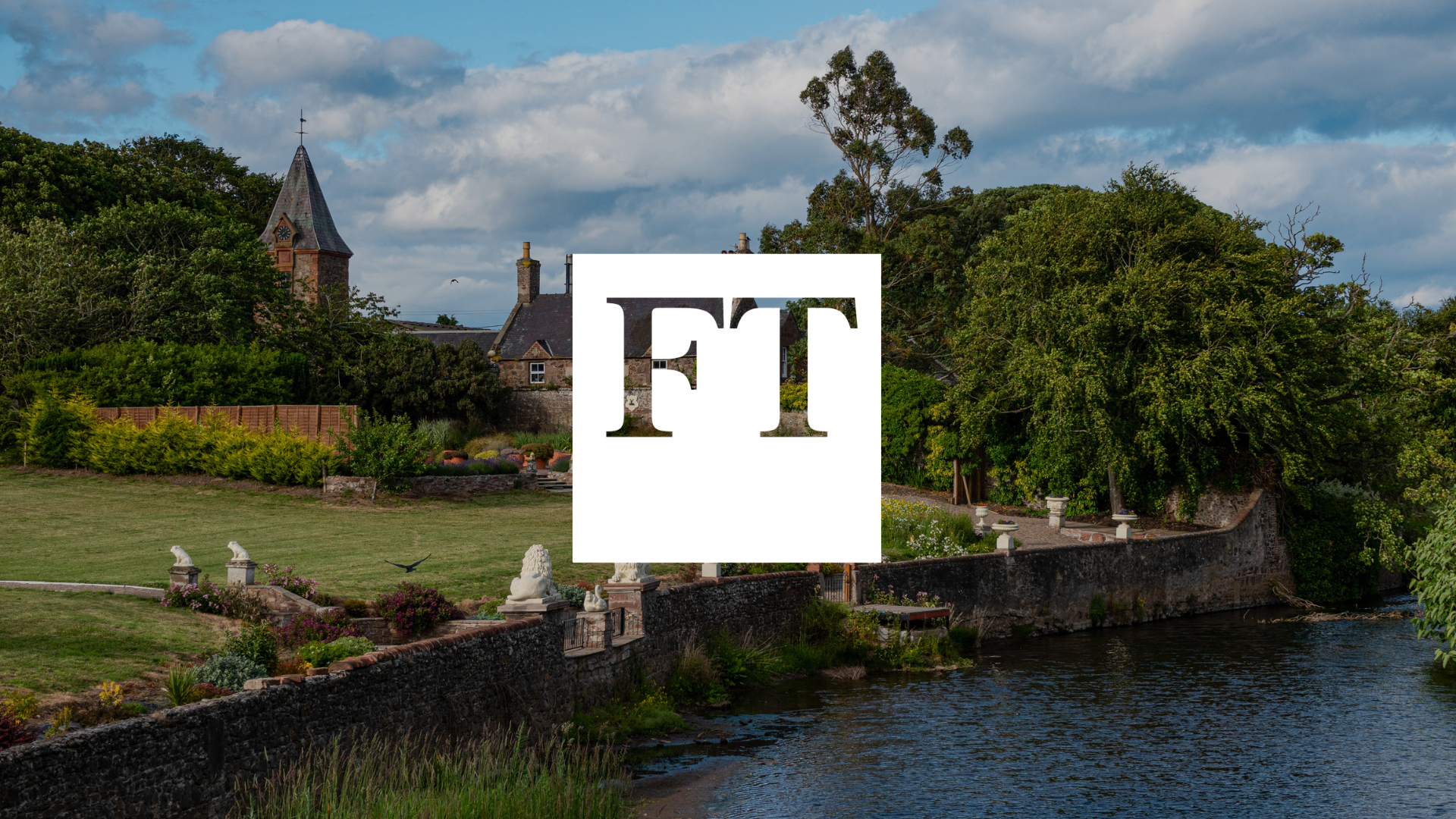Enthusiasm is a term often mentioned in this niche market, where only a handful of fishing estates are sold each year, typically in private transactions, and purely salmon-focused estates rarely appear on the market. The simplest choice for property buyers interested in fishing is to select a ‘beat’—a section of river where you hold the fishing rights, ranging from several hundred meters to several miles in length and costing anywhere from about £30,000 to millions of pounds.
Most buyers start their search on the Big Four rivers—the Tay, Spey, Dee, and Tweed. As Scotland’s largest salmon fishing rivers, they are also among the most productive in terms of sea trout numbers.
Given the unpredictability of nature, investing in a fishing estate is, for most, more of an emotional decision than a rational one.
“It’s a discretionary purchase — it’s not like buying a house to be near a good prep school. You just can’t get a guaranteed result with fishing properties,” says Middleton co-founder and Head of Estates & Special Projects, Tom Hudson.
“Go to Iceland or Russia if you simply want to catch lots of salmon. A Scottish estate is a way-of-life hobby, spending time in nature, and most buyers are happy to do their bit to work with nature to make it better, by improving the river banks and working with better keepers. Buying a fishing property is like buying a doer-upper,” Hudson adds.
Read the full article here.




